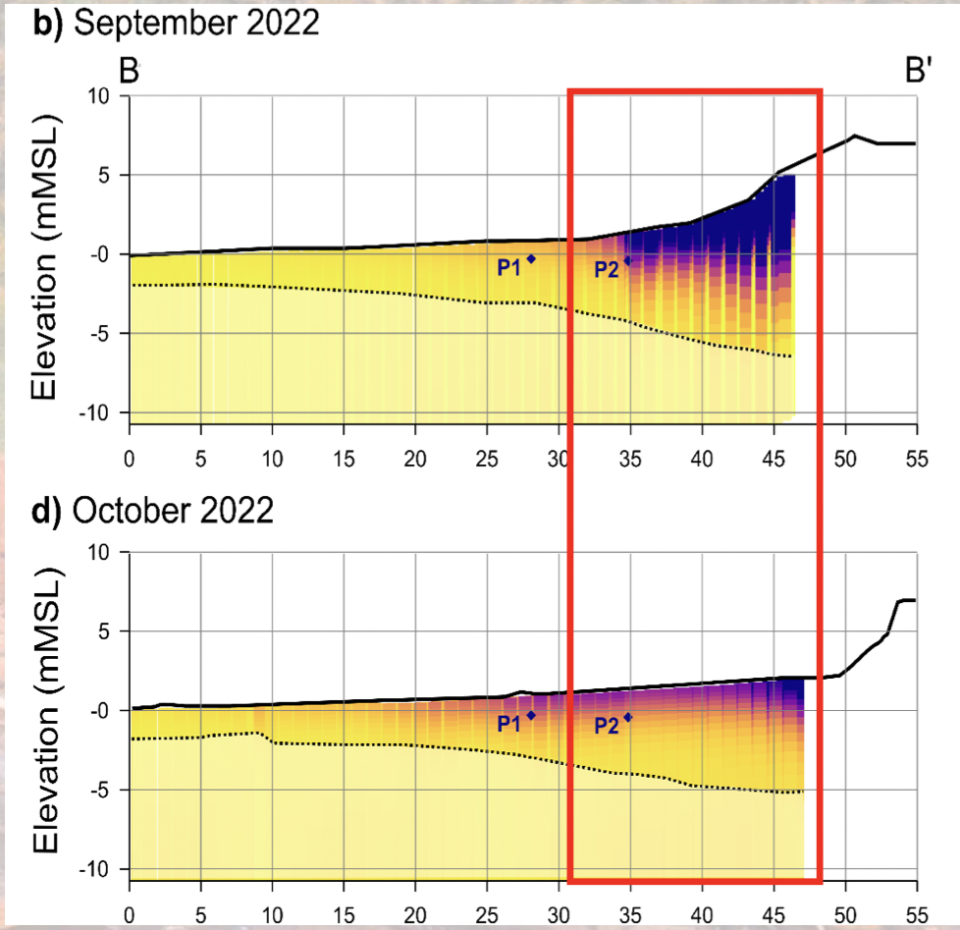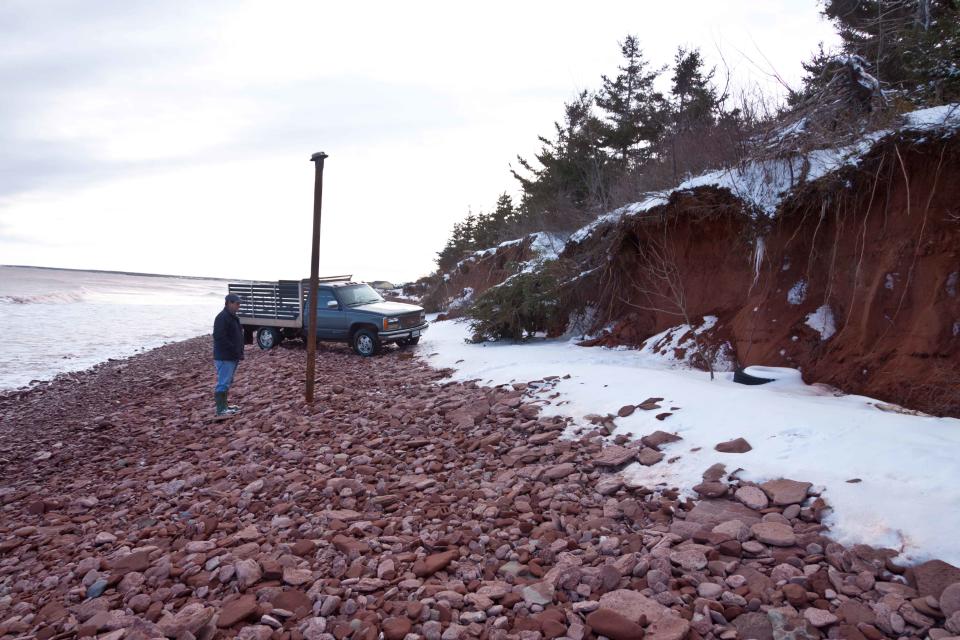Salt water invades some groundwater wells on P.E.I.
CHARLOTTETOWN, P.E.I. — From Stanhope to parts of P.E.I.'s north shore, salt water has begun to intrude on a few groundwater wells, says a Dalhousie University researcher.
Barret Kurylyk and his research team brought the evidence to a natural resources and environmental sustainability committee meeting on June 13 at the George Coles Building in Charlottetown.
Due to shoreline erosion, storms, heavy precipitation and climate, the aquifer that separates groundwater from salt water has been vastly compromised due to rising sea levels.
Statistics Canada notes that P.E.I. is Canada's only province that relies on 100 per cent of its groundwater wells.
Threats to wells
The threats to groundwater wells in P.E.I. were split into two categories during the meeting.
The first threat is that if more groundwater were to be pumped, Islanders could expect short droughts and long-term atmospheric changes.
Secondly, Kurylyk and his team, Dalhousie Coastal Hydrology Lab, fear that as sodium increases in freshwater from wells, it can deter nutrients, ultimately leaving the well useless and making the water undrinkable.

Saltwater intrusion processes can be motivated by erosion and coastal flooding. Overpumping the well and changing precipitation play key roles, said Kurylyk.
“While shoreline dynamics are being monitored on P.E.I., there is little to no monitoring of groundwater salinity,” he said.
Case study
In a case study Kurylyk and his team conducted in Lennox Island, they suggest the aquifer is resilient to sea-level rise, but its weaknesses are erosion and changing groundwater charge.
Kuryluk also measured the salinity of the dunes in Hog Island using LiDar surveys and drones
It was discovered that most of the groundwater in the dunes was lost when post-tropical storm Fiona devastated the Island in November 2022.
A year later, the provincial government made coastal policy recommendations to allow P.E.I. residents to gain access to information regarding climate change and adaptation.

During the committee meeting, Green MLA Peter Bevan-Baker said there was no talk of saltwater intrusions in wells from that report.
“We talk a lot about rates of coastal erosion and sea level rise, but apparently, there is nothing about saltwater intrusion. Looking as a public official, spending taxpayers' dollars, Stanhope had an estimate of creating a communal well away from the coast a couple of years ago, and that cost 15 or 20 million dollars,” said Bevan-Baker during the meeting.
PC MLA Brad Trivers questioned if Kurylyk and his group are working with the provincial government currently to mitigate the issues.
Kurylyk said projects are becoming more of a reality in the near future, but he saidd that to mitigate the issues properly more time and money will be the answer.
Yutaro Sasaki is a Local Journalism Initiative reporter, a position funded by the federal government. He can be reached by email at Yutaro.Sasaki@saltwire.com.
Yutaro Sasaki, Local Journalism Initiative Reporter, The Guardian


